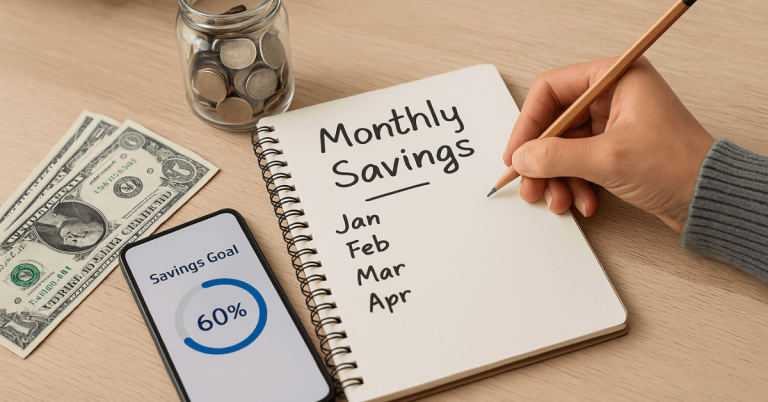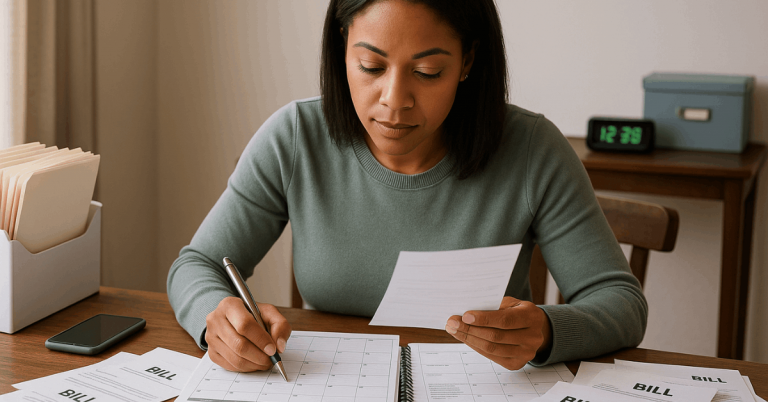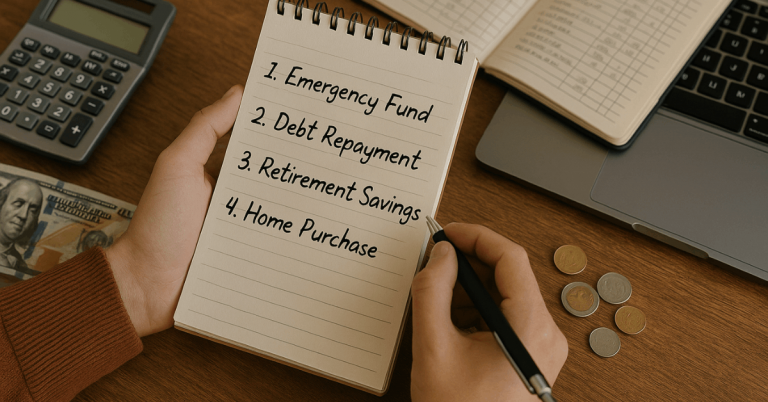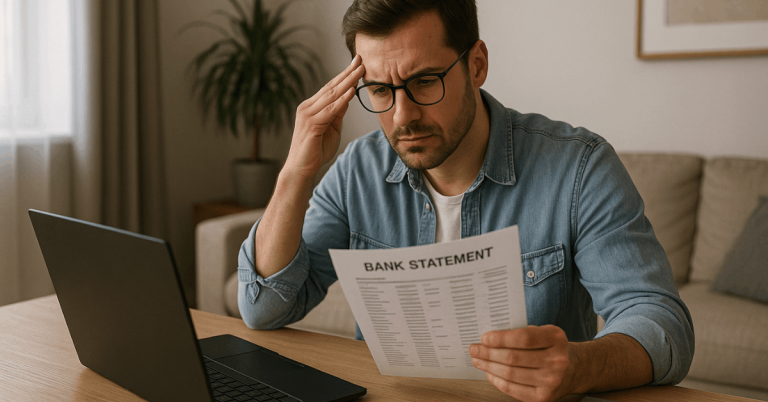Building a strong financial safety net is essential for stability and peace of mind. Learning how to build a 3-month emergency fund gives you a clear path to prepare for unexpected events such as job loss or medical expenses.
This guide explains each step, from planning your savings target to maintaining and rebuilding it after use. You’ll gain the practical structure you need to start saving with confidence.
Understanding Why an Emergency Fund Matters
Before saving, you need to understand what an emergency fund truly does. It’s not about wealth; it’s about security.
A solid fund keeps you afloat when income stops or emergencies strike. Having three months of living expenses means you can recover faster without borrowing.
When to Use Your Emergency Fund?
Your fund should only cover unexpected and urgent expenses. Medical bills, urgent home repairs, or temporary job loss qualify.
Non-essential spending like vacations or new gadgets does not. Keep it exclusive to genuine emergencies to preserve your financial safety net.

Why Three Months Is the Standard?
Three months of expenses is often enough for the average worker to recover from income loss. It allows time to find a new job or stabilize finances.
Those with unstable income may expand to six months. This period offers a practical balance between preparation and saving ability.
Calculating Your Target Savings
Before you save, know your target amount. Calculating your living costs gives you a clear savings goal and keeps your plan realistic. The right figure ensures your fund truly covers your needs without excess stress.
Identify Essential Monthly Expenses
List basic costs like rent, utilities, groceries, transport, insurance, and minimum debt payments. These are the non-negotiable items that must continue even in emergencies.
Exclude entertainment and optional spending. Average them out over three months to find your base number.
Multiply and Adjust for Stability
Once you know your average monthly costs, multiply them by three. Adjust this goal based on your situation — families, freelancers, and those with unstable income may need more. Always aim for a realistic target that fits your current budget. Reevaluate once or twice a year.
Setting Realistic Saving Goals
Building your fund takes time. Breaking your goal into smaller parts helps you stay consistent. The key is to save regularly and adjust when your financial situation changes.
Create SMART Goals
SMART stands for Specific, Measurable, Achievable, Relevant, and Time-bound. Set a clear monthly target that matches your income.
Track your progress weekly using a spreadsheet or savings app like Mint or YNAB. Reassess every few months to stay on track.
Stay Consistent Even on Tight Budgets
Small deposits matter more than large, inconsistent ones. Even $20 weekly builds discipline and grows over time.
Consistency helps form a savings habit that supports other financial goals. The habit itself becomes your greatest tool for success.
Finding Money to Save
It’s easier to save when you know where to cut expenses. Examine your budget for unnecessary costs and redirect that money toward your fund. Small adjustments often create big savings without major sacrifices.
Cut Unnecessary Expenses
Cancel unused subscriptions, cook at home instead of eating out, and compare insurance or utility plans using platforms like NerdWallet or The Balance.
These small changes can save hundreds monthly. Redirect those funds to your emergency account automatically. Review spending weekly to avoid falling back into old habits.
Boost Your Income
If expenses are already tight, look for ways to earn more. Freelance jobs, part-time work, or selling unused items can supplement your income.
Choosing the Best Place to Keep It
Where you store your emergency fund matters. You need easy access, safety, and a modest return. Keep it separate from daily spending to reduce temptation.
High-Yield Savings Accounts
Online high-yield savings accounts often provide better interest rates than regular ones. They allow quick withdrawals during emergencies.
Choose one insured by the FDIC or equivalent for security. Avoid investment accounts where your balance might drop in value.
Money Market Accounts
Money market accounts combine safety with accessibility. They typically allow limited withdrawals each month but pay slightly more interest.
They work well for funds you don’t expect to use often. Confirm there are no maintenance fees before opening one by checking official sites like Investopedia.

Automating Your Savings
Automation removes decision fatigue and builds savings silently. By setting automatic transfers, you avoid the temptation to skip contributions.
Set Automatic Transfers
Schedule a transfer to your emergency account every payday. Treat it like a fixed bill.
This simple habit ensures steady growth even during busy months. Over time, you’ll stop noticing the deduction and see your fund steadily rise.
Use Savings Apps
Apps like Digit, Chime, or your bank’s built-in tools can automate micro-savings. They round up transactions or set daily contributions.
Automation helps you save passively without stress. You’ll reach your target faster and with minimal effort.
Tracking Your Progress and Staying Motivated
Monitoring your growth keeps you engaged. Seeing results reinforces discipline and helps maintain focus over months.
Review Monthly
Check your balance at least once a month. Adjust your plan if income or expenses change. Celebrate milestones like your first $500 or $1,000 saved. Small wins build momentum and confidence.
Stay Accountable
Share your goal with someone you trust. Accountability partners can remind you why you started.
Discuss challenges openly and exchange ideas to save more. Support helps you stay committed even when progress feels slow.
Avoiding Common Mistakes
Many people lose progress by mishandling their emergency fund. Avoiding these mistakes protects your effort and maintains long-term stability.
- Using it for non-emergencies: Keep it for true financial emergencies only.
- Mixing it with investments: Investments fluctuate, while emergency funds must stay stable.
- Ignoring inflation: Review and increase your target yearly following tips from Forbes Advisor.
- Failing to replenish after use: Always rebuild after spending from it.
- Setting unrealistic goals: Save within your means to prevent burnout.
Rebuilding After Using the Fund
Emergencies happen — using your savings is part of the plan. What matters most is rebuilding quickly.
Treat replenishment as a short project with urgency and focus. Start contributing again as soon as your finances stabilize.
When to Expand Beyond Three Months?
A 3-month cushion is the foundation. Expanding it can strengthen your financial resilience.
If you work freelance, have dependents, or live on one income, aim for 6 to 12 months. This extra buffer brings greater security and confidence.
A Secure Future Starts with You
Knowing how to build a 3-month emergency fund gives you control and peace of mind. You now understand how to calculate your needs, find money to save, and grow your balance over time.
Even if you start small, consistency makes the difference. Begin today — your future self will thank you for being prepared.











